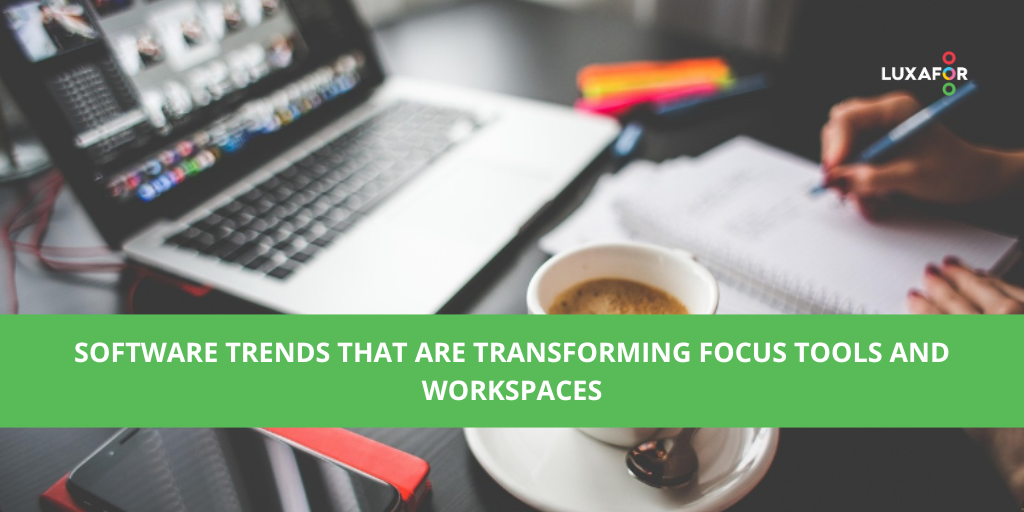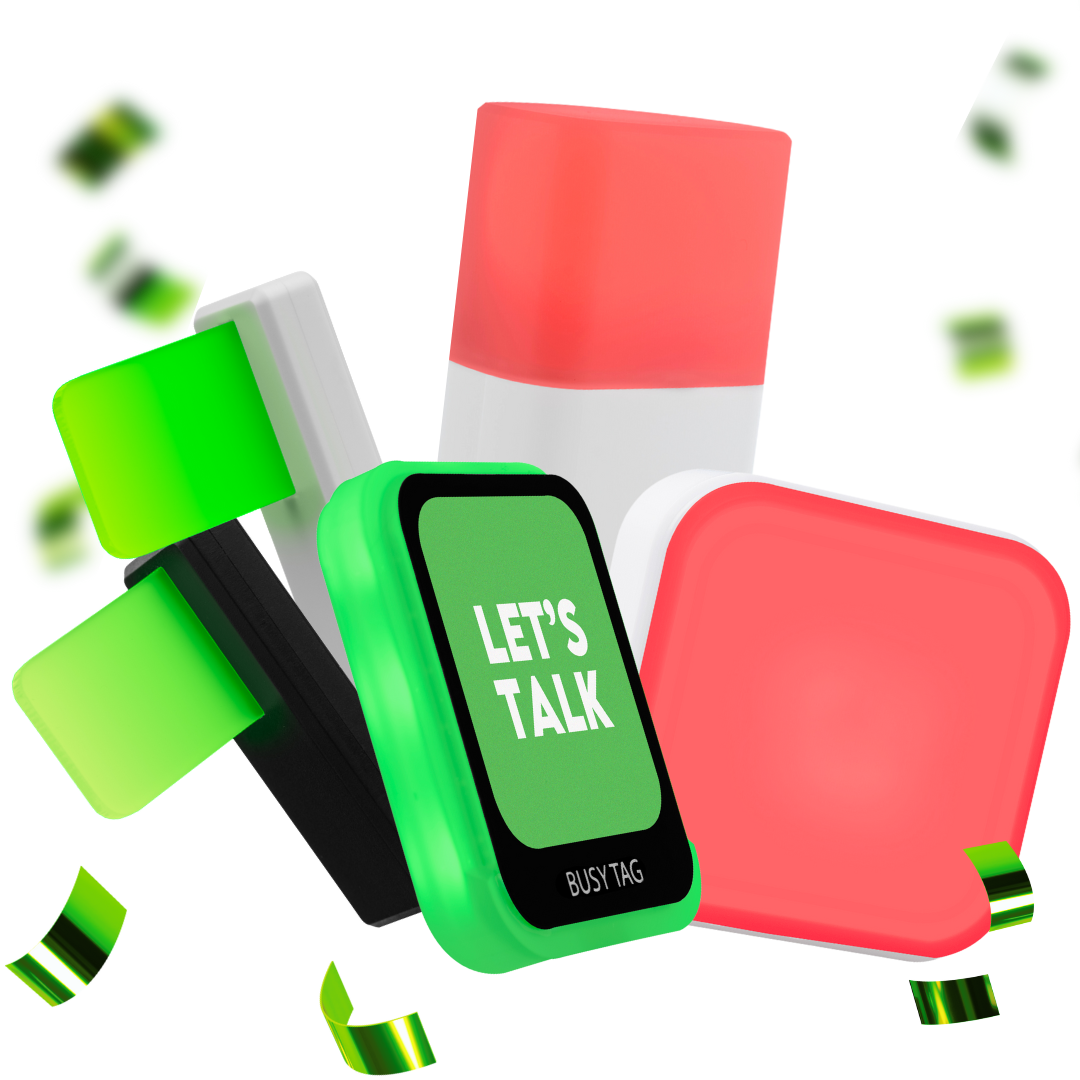Software Trends That Are Transforming Focus Tools and Workspaces
Ever feel like your productivity tools are working against you? Like your calendar’s double-booking your brain or your to-do list is just a polite guilt trip?
You’re not alone. The software we once praised for saving time can now—ironically—burn through our focus. But things are changing fast. A quiet revolution is reshaping how we build and interact with our digital workspaces, and it’s not just tech nerds who are paying attention.
Let me explain.
The New Era of Personalizable Tools
We’re seeing a shift away from rigid platforms and toward tools that adapt to the user—not the other way around. And at the heart of this shift? Programmable software systems.
Today, non-developers are customizing their own productivity stacks using drag-and-drop logic builders, visual scripts, and integrations that would’ve required full dev teams just a few years ago. If you’ve heard the term app programming, that’s exactly what we’re talking about—except now it’s accessible to people who’ve never written a line of code.
It’s like turning your workspace into a smart home: you decide what turns on, when, and why.
And we’re not just talking about convenience. For many workers—especially freelancers and hybrid teams—this level of personalization means the difference between surviving and thriving in an increasingly complex digital landscape. When your software works the way your brain works? That’s power.
Why Flexibility Matters More Than Ever
Let’s be real. “Focus” isn’t just about shutting off notifications or wearing noise-canceling headphones. It’s about mental context.
- Jumping between 6 apps just to schedule a meeting? That’s cognitive friction.
- Digging through two inboxes to find a client file? Same.
- Getting Slack, Zoom, and email pings while writing a report? Triple whammy.
Modern work is nonlinear—and our software needs to match that. Programmable tools now allow you to:
- Create conditional workflows (e.g., “If project status = done, then notify client”)
- Sync data across platforms without manual input
- Build dashboards that surface only what you need—when you need it
This doesn’t just streamline tasks. It protects your focus like a digital moat.
More importantly, it makes collaboration feel less like micromanagement and more like coordination. Because when tools talk to each other, humans don’t have to repeat themselves endlessly.
Context-Switching Is a Productivity Killer
According to a UC Irvine study, it takes about 23 minutes to recover from a single interruption. That’s one ping. One window switch. One “quick” check on LinkedIn.
Multiply that by a day of bouncing between tools and platforms, and you’re looking at serious time loss. Programmable environments minimize context-switching by bringing tools together under one logic tree.
Instead of constantly reacting to fragmented systems, you’re shaping your digital world around your workflow—kind of like rearranging your kitchen so everything you need is within arm’s reach. Including microsoft dynamics integration in this setup ensures your sales, marketing, and customer data are seamlessly connected with other tools you use.
It’s not magic. It’s intentional design.
And that matters. Because the cognitive cost of fragmented attention is more than just lost minutes. It’s decision fatigue, lowered creativity, and—eventually—burnout.
From Solo Workflows to Smarter Teams
This evolution isn’t just a solo act. Teams benefit even more.
Think of shared workflows that trigger team notifications, update project statuses, log meeting notes, and file assets—automatically. Instead of repeating the same Slack message for the tenth time (“Hey, did you update the doc?”), the system handles it.
More importantly, it builds a sense of trust. When the tools are set up to work for the team—rather than against their sanity—collaboration becomes smoother, less reactive, and a lot more respectful of people’s time.
And in remote or hybrid settings, that trust is everything. According to a recent NIH study, clear digital workflows directly correlate with reduced stress and better work-life boundaries in remote teams.
Plus, let’s not ignore the growing importance of asynchronous tools. Programmable systems make async work more fluid by ensuring updates happen even when people aren’t online at the same time. That’s not just efficient—it’s humane.
The Rise of "Calm Tech" Principles
Here’s a term you might not have heard: calm technology.
Coined by Mark Weiser and John Seely Brown at Xerox PARC, calm tech refers to systems that stay out of your way unless you need them. Like your fridge humming in the background—it’s doing its job, no need to check in every five minutes.
More productivity tools are now being built with this philosophy. They:
- Fade into the background unless something important happens
- Respect attention as a finite resource
- Deliver just enough information—no more, no less
A good example? Email clients that prioritize urgent messages based on behavior patterns, not keywords. Or workspace apps that “learn” when you’re in focus mode and mute everything else accordingly.
Calm tech doesn’t mean less communication. It means smarter, kinder communication. And for knowledge workers constantly on edge, that shift can feel downright revolutionary.
Busy Tag: Stay focused and avoid distractions
Privacy and Autonomy: The Unsung Heroes
This wouldn’t be a fair look at modern productivity tools without addressing the growing concern around digital autonomy and data privacy.
As platforms become smarter, questions naturally arise:
- Who owns the logic you build?
- Can your employer see the automations you’ve set up?
- How is your attention being measured—and monetized?
According to a recent paper by Carnegie Mellon University, digital privacy at work is directly tied to employee satisfaction and retention. In other words, people don’t just want better tools—they want control over them.
The new generation of software is starting to honor that. We’re seeing more tools that store logic locally, offer user-controlled permissions, and allow for easy data export if you choose to leave the platform.
And it’s not just a technical issue. It’s an ethical one. When workers feel surveilled or boxed in by their own software, morale suffers. When they feel empowered and trusted? The whole company wins.
So... Where's This All Going?
Here’s the truth: the best focus tools aren’t trying to change you. They’re trying to meet you where you are—and make your work feel a little more human again.
That’s the north star. Not just “more features,” but better alignment with how our minds actually work. Less jumping. Less noise. More clarity.
And if we’re being optimistic? We’re getting closer.
Smart platforms that learn how you work. Tools that disappear when you don’t need them. Workspaces that feel like extensions of your thought process—not interruptions of it.
We’re not there yet, but the blueprint is already unfolding in startups, open-source platforms, and new releases from some surprisingly big players. Even Microsoft and Google are moving in this direction, layering user customization into their ecosystems like never before.
Ready to Rethink Your Stack?
If your workspace still feels like a digital Rube Goldberg machine, it might be time to revisit how your tools interact. Programmability isn’t just for techies anymore. It’s for anyone who values focus, flow, and freedom.
Set aside an hour. Audit what’s not working. Ask yourself: “What tasks am I repeating daily that software could handle?” Then start building—or tweaking—what you already have.
Because your time—and your attention—shouldn’t be up for grabs.
LUXAFOR HELPS PEOPLE TO ACHIEVE THEIR GREATEST PRODUCTIVITY LEVELS WITH A WIDE VARIETY OF OFFICE PRODUCTS. LET’S BE PRODUCTIVE TOGETHER!















